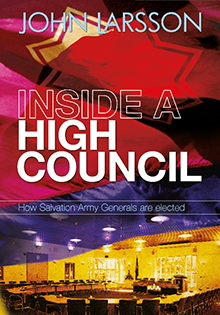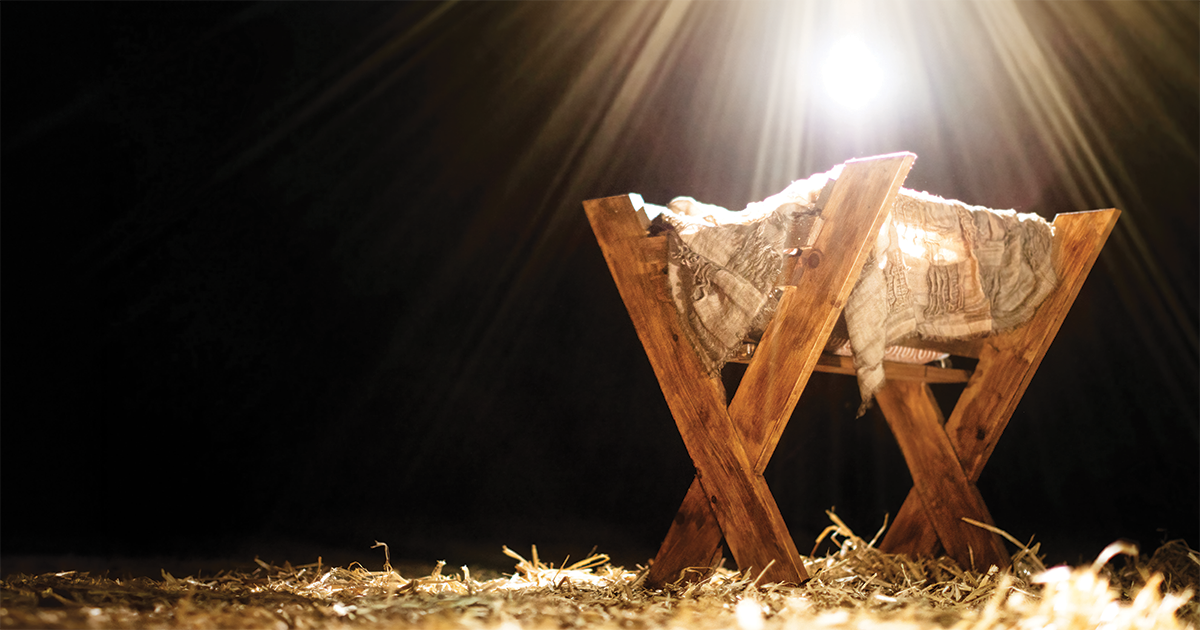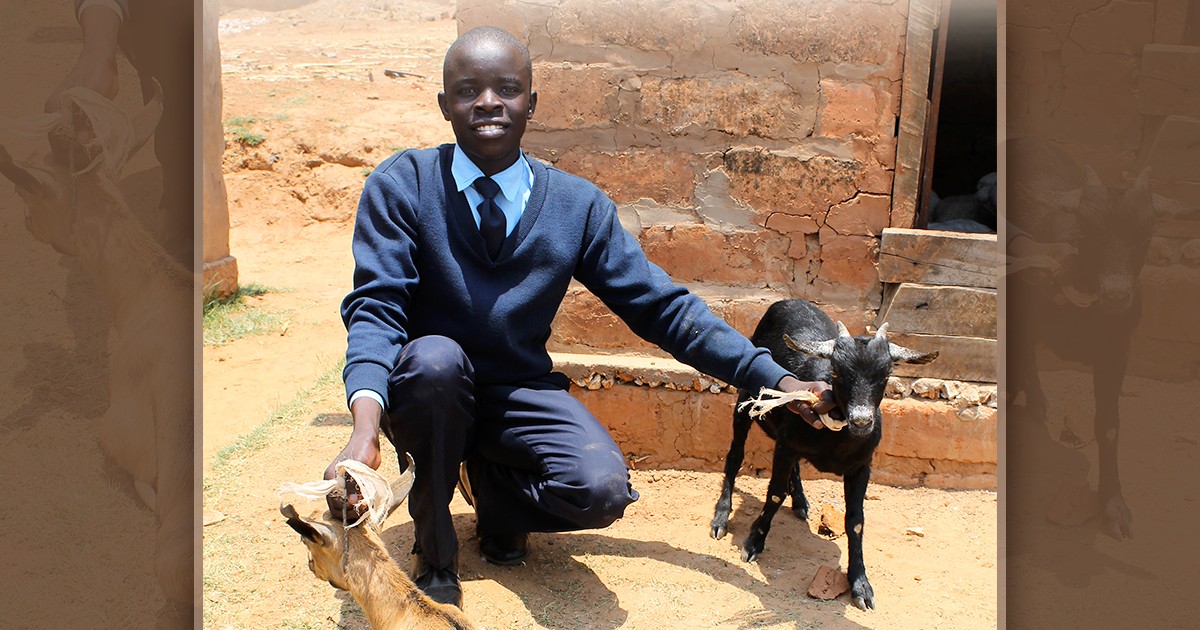 Though it has only happened 18 times in Salvation Army history, its importance is clear—behind the closed doors of the High Council, the future of The Salvation Army is decided.
Though it has only happened 18 times in Salvation Army history, its importance is clear—behind the closed doors of the High Council, the future of The Salvation Army is decided.
Officers in this Army are appointed to positions throughout 126 countries of ministry with the exception of the General, the international leader of The Salvation Army, who is elected by a body of peers—the High Council. For the first time, Salvationists are taken behind the closed doors through Inside a High Council: How Salvation Army Generals are Elected (Salvation Books, 2013) by General John Larsson (Rtd), who served as the Army's leader from 2002-2006.
"In the office of the General, every Salvationist in the world is bound together, and because it is the High Council that chooses the General, the High Council touches the lives of every member of that vast family,” Larsson says in an interview with New Frontier Chronicle. “My hope is that through this book, Salvationists may understand better the process by which the head of the family is chosen.”
While Founder William Booth intended the incumbent General to name a successor, this only happened one time when Booth appointed his son, Bramwell, via a sealed envelope. Larsson notes that British Prime Minister William Gladstone commented in 1896 that not even the Pope could appoint his successor, and eventually Army leaders questioned it as well, passing the 1878 constitutional amendment that future Generals would be elected.
The pressure for reform led to a constitutional crisis in late 1928 that resulted in the first High Council in 1929. This led to the Army's constitution being amended in 1931 so that future Generals would be elected.
“The role and function of the High Council makes a fascinating historical study and my original intention was to cover the subject in one volume,” Larsson writes in the preface. “However, soon after beginning my research, it became clear that the constitutional crisis that triggered the calling of the 1929 High Council needed a book of its own.”
This book is the partner to 1929—A crisis that shaped The Salvation Army's future (Salvation Books, 2009). In it, Larsson offers readers a rare look inside the modern-day, yet still tightly sealed High Council proceedings.
A four-time member of the High Council (1993, 1994, 1999 and 2002), Larsson was a candidate for election in 1999 and 2002, when he was elected. He also served as a member of the 1995 Commission on the High Council, which reviewed criteria for membership of the Council and considered all aspects of its procedure. In 2005, Larsson executed a Deed of Variation that amended Schedule 4 of the Salvation Army Act of 1980, requiring three votes for a person to be nominated as a candidate for General.
“There has always been a mystique about the High Council,” Larsson says. “Plenty has, in fact, been written about meetings of the High Council in memoirs and articles, but it is perhaps not until now in this era of greater freedom of information that the time has seemed right for a book on the subject. “
Larsson said he was surprised but reassured in his research to see how High Councils adapted to changing thinking and circumstances. Today, the High Council consists of all commissioners, territorial commanders, and territorial presidents of women's ministries. The 2013 High Council elected General André Cox with 117 members from around the world.
“At the first purely elective High Council in 1934, the Council did not feel it right even to address questions to the candidates because it was thought this might limit the freedom of the one elected as General,” Larsson says. “Now things are much more relaxed but also more incisive, with the questions forming a key part of the 'getting to know you' process. In those 85 years of history covered by the book, the High Council has been a model in applying the principle of adaptation so beloved by William and Catherine Booth.”
The book is a collection of information Larsson gathered through the years, and from his experience as Chief of the Staff and General. Ten chapters—beginning with “Genesis” and ending with “Revelation”—cover everything from members, to nominations, questions, speeches and the election itself. An appendix provides High Council data from 1929-2013.
“Organizing the information was the challenge,” he says. “It had to come alive for readers and to achieve that I tracked down and highlighted the personal experiences of past members.”
In one letter included in the book, General Albert Orsborn wrote about his experience of being elected General in 1946: “I knew that election would mean the host of God would be looking to me. They would expect me to be always the man with a message. The thought made me tremble. The General is not merely the titular head of an organization, he inherits a spiritual trust which is not just a repository of ideals but is a tradition of vision, inspiration, holy example and dedication to God.”
Article first printed in New Frontier Chronicle, a U.S.A. Western Territory publication. Christin Davis is managing editor of New Frontier Publications. For details of how to buy Inside a High Council (hard copy or ebook) go to: http://www.salvationarmy.org/ihq/insideahighcouncil.









Comment
On Thursday, April 10, 2014, Keith Pond said:
Leave a Comment